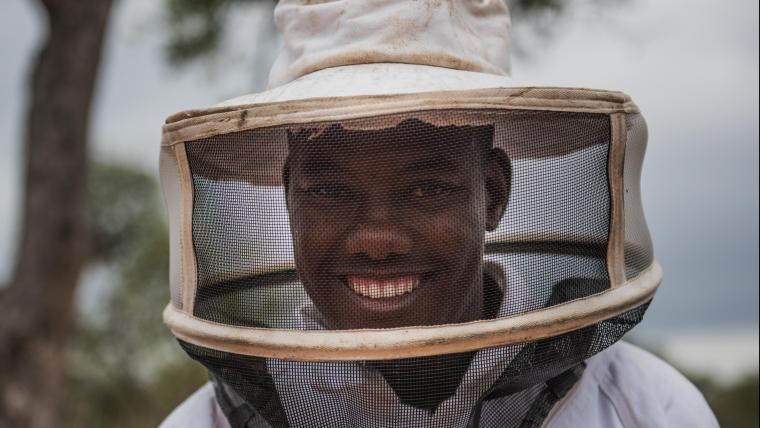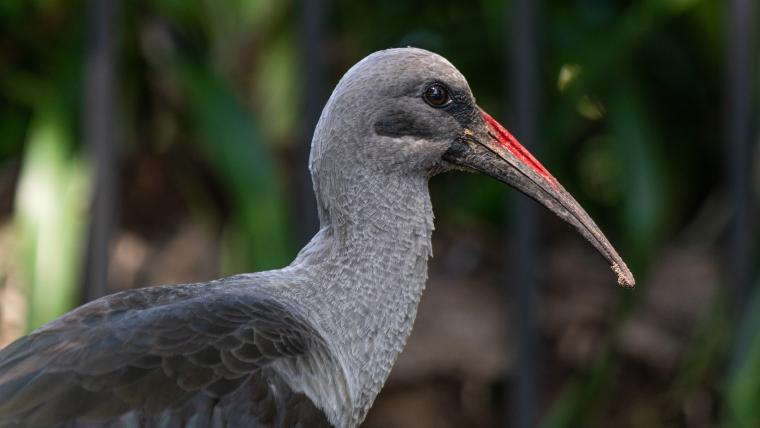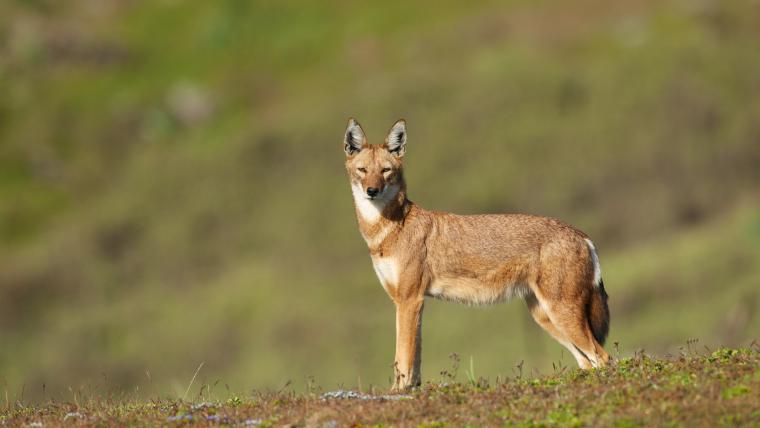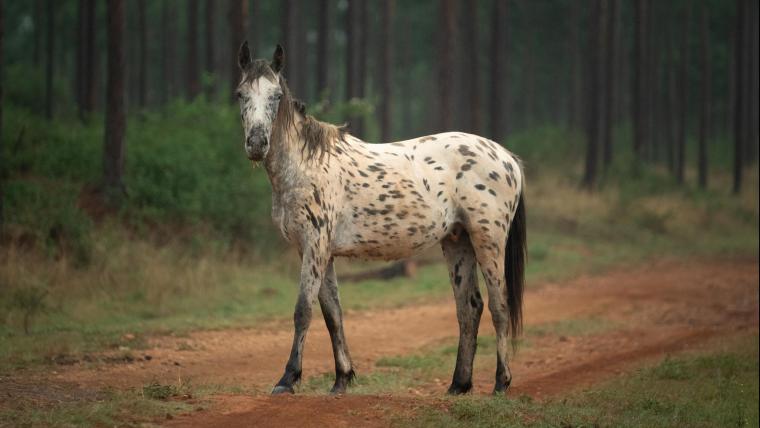
Elephants get buzzed for trees
It’s unimaginable that a 6 000-kilogram animal would fear a tiny insect. But elephants are scared of bees. And Ronnie Makukule is using this simple fact to conserve vulnerable vegetation and protect crops. Elephants have the capacity to completely wipe out thickets of trees by eating or trampling on them. Efforts to deter them – thorny hedges, deep trenches, or fighting back with rocks, spears, firecrackers and guns – have not only failed, but in some cases resulted in the loss of life of both humans and elephants. In the midst of what appears to be a lose-lose situation, Makukule manages the world’s largest land mammals with fences made from bee hives.
The revolutionary method harnesses the natural animosity between the two creatures. When bees are aggravated by elephants, they target their vulnerable spots – their trunks and eyes. The elephants have since learned to stay away. Working in bee husbandry, Makukule’s fences provide a more humane method of control. It also allows him to explore his interest in conservation, which has been growing since he was a child. After Makukule completed matric, he won a bursary to study environmental education and nature conservation at the Southern African Wildlife College. He then ran environmental awareness programmes at schools for the Timbavati Foundation. In 2016, Makukule joined Elephants Alive, using his ability to identify individual elephants and collect DNA samples to become a valuable researcher on the team. But it’s his work as head of the Bee Project that has made the most significant impact.
Human aggression towards elephants has contributed to their already dwindling numbers caused by poachers. Beehive fences are a peaceful means of alleviating the conflict between humans and elephants, without causing harm to either. The bees also pollinate plants and add to the biodiversity of the area. Unlike electric fences, the initial cost of beehive fences is soon counteracted by the income from honey production. It’s an ingenious method, proof that nature has the best solutions. And with a little creative thinking, something small can make a huge difference in conservation and wildlife management.






























Please sign in to leave a comment